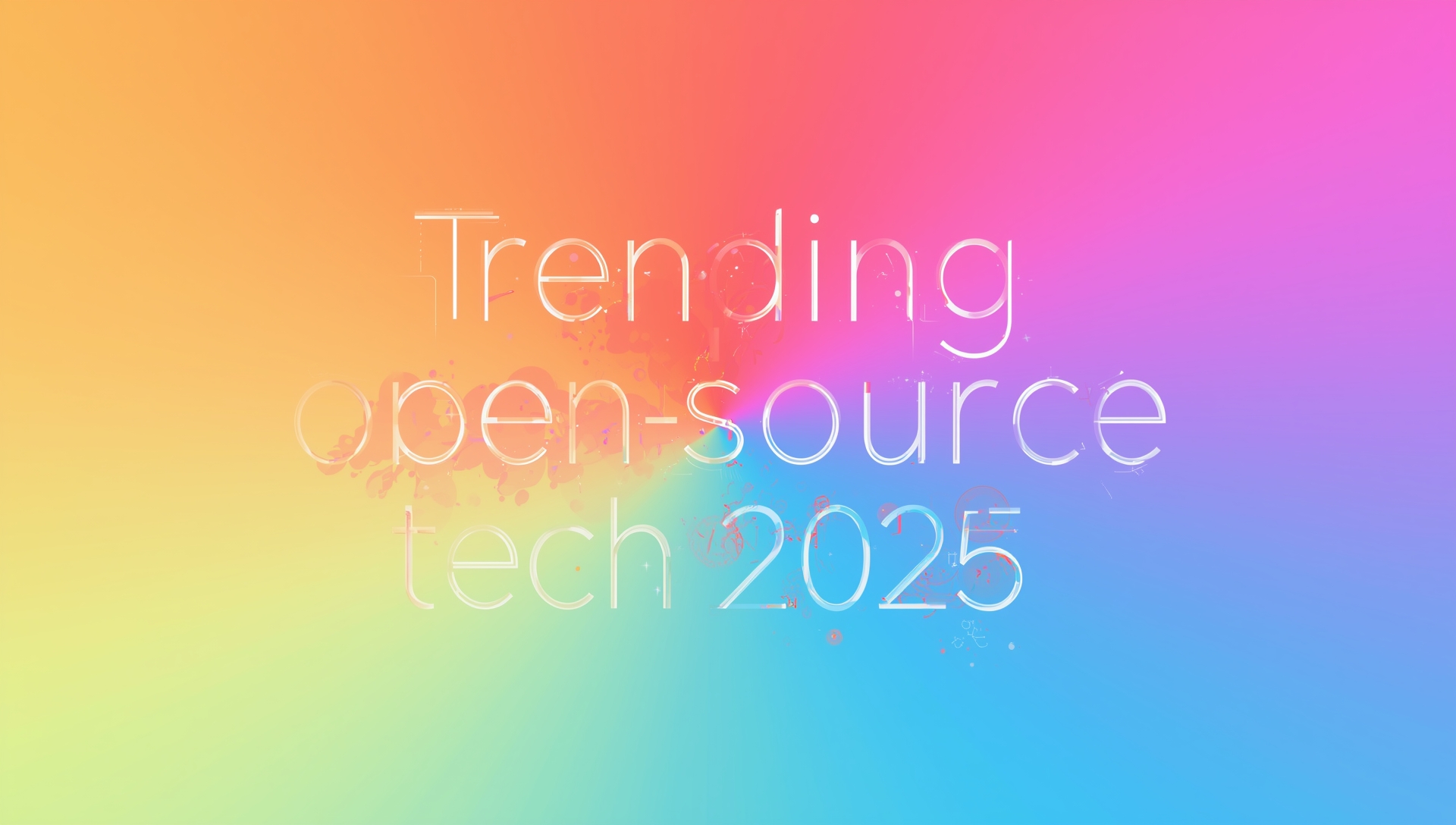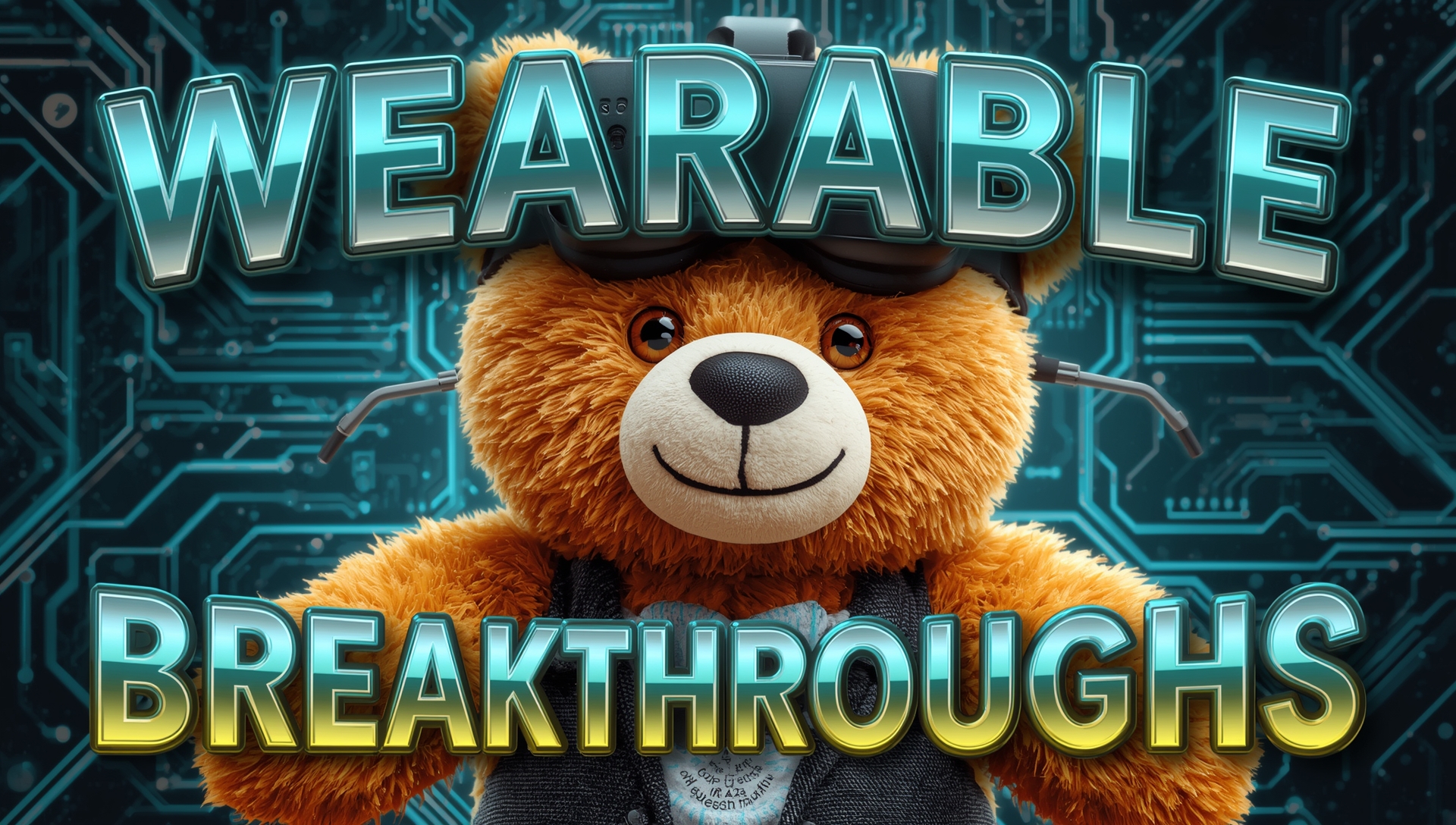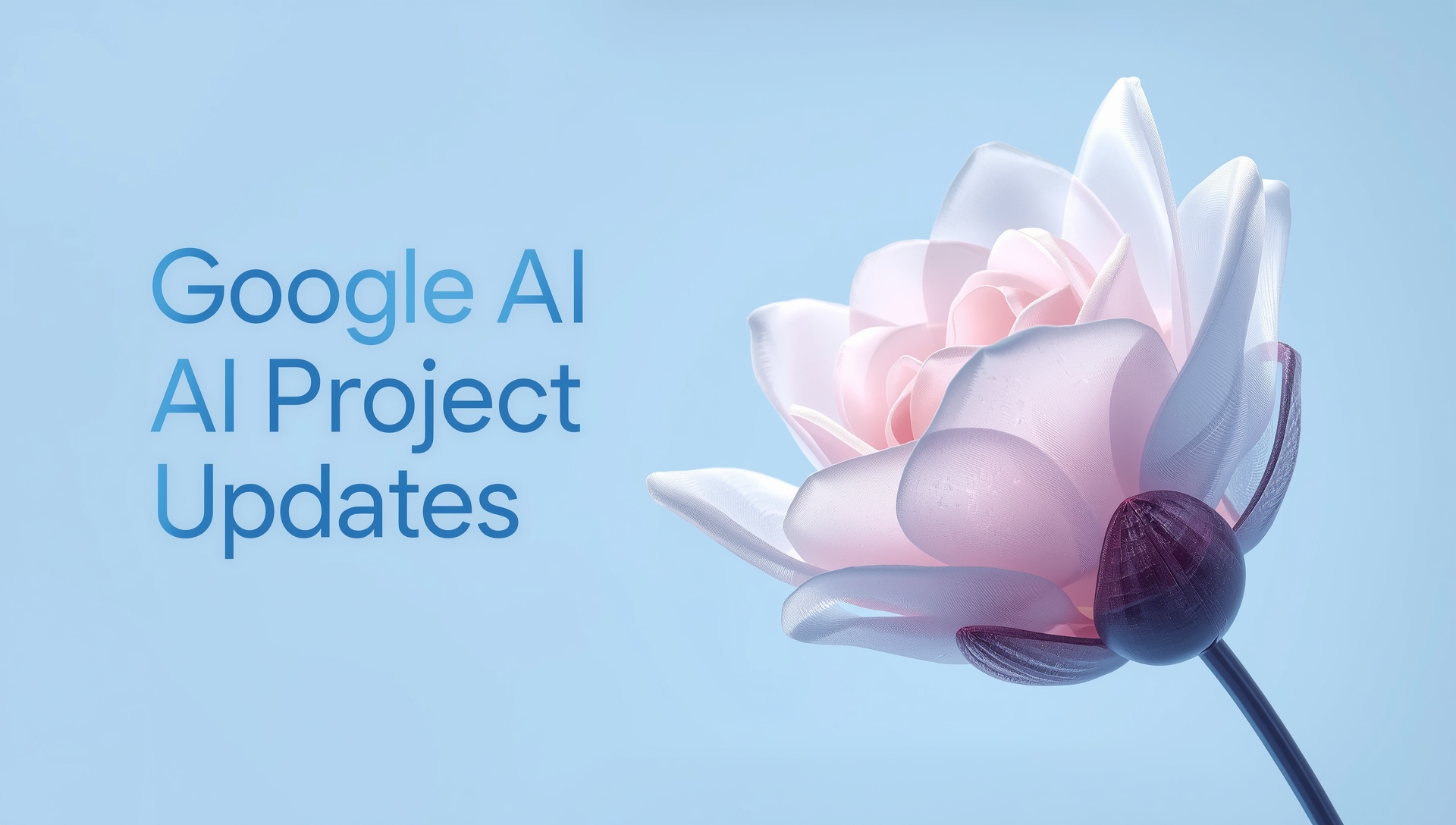Open-source technology continues to transform the digital landscape in 2025, driven by lively communities, increased demand for transparency, and developing technologies that empower people worldwide.
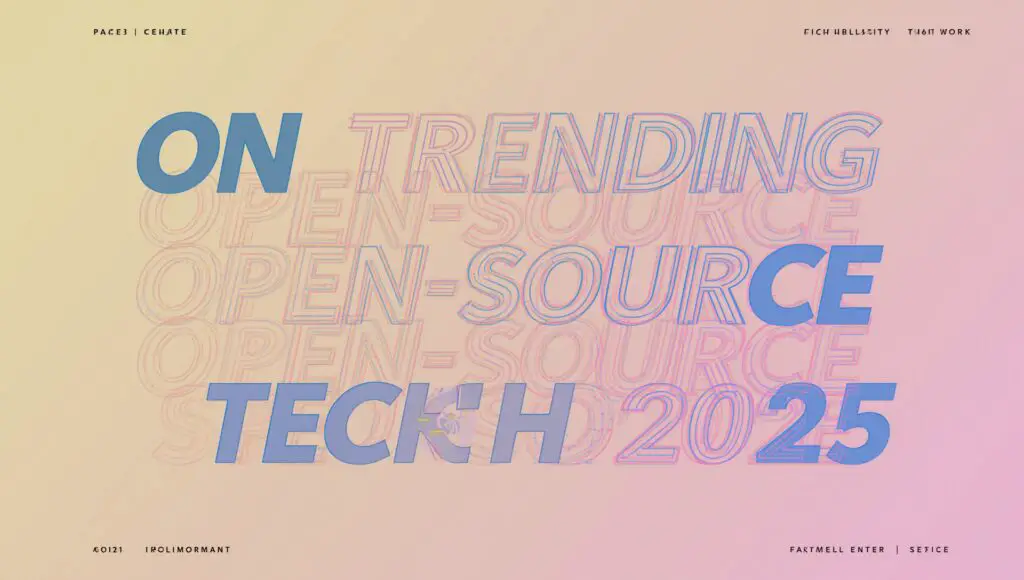
1. Open-Source AI Takes Center Stage
Open-source AI has emerged as a cornerstone of innovation this year. Leading examples include Meta’s Llama, Mistral’s models, and Chinese-developed models like DeepSeek’s R1—all open-weight releases that offer amazing performance and accessibility (IT Pro, The Wall Street Journal, Business Insider).
Yann LeCun, Meta’s chief AI scientist, complimented DeepSeek’s R1 model’s accomplishment as proof that “open-source models are surpassing proprietary ones.” This transition is important to democratizing AI development, enabling faster growth around the globe (Business Insider).
Meanwhile, groups like IBM’s AI Alliance (with over 140 members from 23 countries) are supporting transparency and safety through open-source collaboration—demonstrating the role of community in influencing AI ethics and acceptance (TechRadar).
U.S. tech executives are responding too. Venture capitalist Marc Andreessen has called on America to lead in open-source AI, warning of strategic concerns connected to reliance on foreign-developed models (Business Insider).
Why this matters: Open-source AI makes advanced models more accessible, cost-effective, and adaptable—especially for organizations and researchers that cannot invest much in proprietary systems.
2. Quantum Sensing Goes DIY with “Uncut Gem”
A noteworthy breakthrough at DEF CON 2025: Uncut Gem, an open-source quantum sensor made utilizing low-cost synthetic diamonds. With schematics, firmware, and design files freely available, hobbyists and researchers can construct their own sensors for as cheap as \$120—or potentially just \$50 in future iterations (WIRED).
This project signals a transition in quantum technology—from specialized, inaccessible facilities to open communities supporting experimentation and practical application.
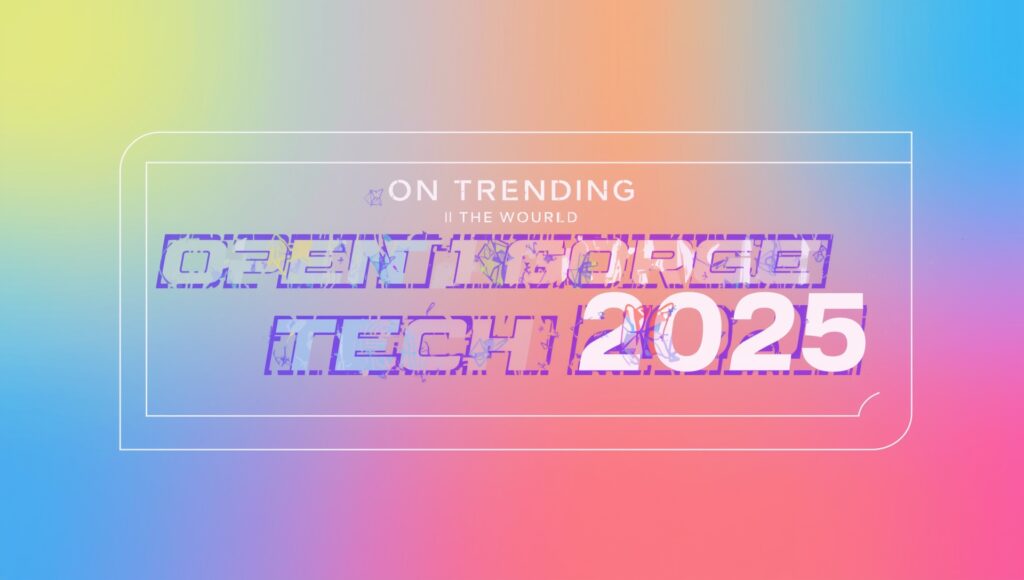
3. Open-Source Hardware & RISC-V: Democratizing Silicon
2025 has also witnessed growth in open-source hardware. ETH Zurich has adopted Croc, a RISC-V–based microcontroller platform, for hands-on chip design teaching. Croc provides complete access to design files and tools, allowing students to construct new ISA extensions and even tape out integrated circuits in weeks (arXiv).
Simultaneously, the OpenAirInterface program continues to assist open-source development for future 6G networks—providing reference implementations of radio access and core components to drive innovation in wireless infrastructure (arXiv).
4. Modern Open-Source Software: OpenSilver & Ladybird
- OpenSilver is a cross-platform, open-source framework published March 2025 that allows developers to transfer WPF/Silverlight applications to web and mobile (iOS, Android) via .NET MAUI. It’s accepted across browsers without plugins ([Wikipedia][9]).
- Ladybird is a new open-source web browser built on its own rendering engine (LibWeb), independent of Chromium or Firefox. As of early 2025, it placed fourth on Web Platform Tests—showing good standards compatibility—and is headed toward beta and stable releases in the next years ([Wikipedia][10]). These initiatives indicate growing interest in open-source solutions that offer flexibility, control, and modern compatibility.
5. “Frugal Tech” & Open-Design Movements
Beyond code, open-source is impacting societal innovation. Frugal tech—affordable, open, locally deployable technologies—has gained ground as an alternative to high-cost, centralized tech solutions (The Guardian). Examples include 3D-printed microscopes, DIY solar sensors, and software-defined radios.
Aligned with this mindset is the open-design movement, which promotes co-design and sustainable development through open-source hardware and 3D printing. This supports equitable access, local engagement, and socio-ecological innovation beyond corporate-driven approaches (Wikipedia).
6. Open-Source Security & Ecosystem Resilience
The surge in open-source use has made project security crucial. 2025 stresses security-by-design, including automated vulnerability scanning, Software Bill of Materials (SBOMs), and community audits (Medium, [bix-tech.com][14]).
Germany’s Sovereign Tech Fund, for instance, is investing tens of millions of euros on foundational open-source technologies to boost digital sovereignty and cybersecurity across its economy ([Wikipedia][15]).
Why Open-Source Tech Trends in 2025 Are a Big Deal
- Wider Reach & Accessibility: From AI to quantum sensors, open-source tools decrease boundaries, enabling small teams and worldwide developers to create freely.
- Rapid Community Innovation: Collaborative approaches promote speedier iteration, issue corrections, and creative solutions—from browser engines to chip design tools.
- Strategic Independence: Nations and organizations are recognizing open-source as a path to technical autonomy and resilient infrastructure.
- Ethical & Equitable Innovation: Frugal tech and open-design efforts focus on inclusivity, sustainability, and participatory solutions—shifting the narrative from consumption to production.
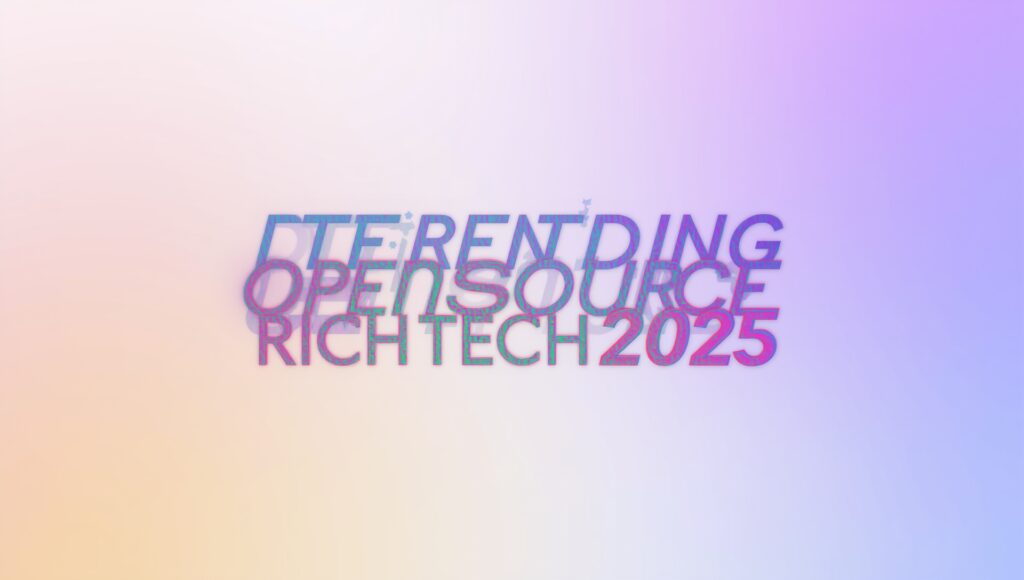
Final Thoughts
Open-source technology isn’t simply a development model—it’s a worldwide movement affecting AI, hardware, quantum sensing, web tools, and even social innovation in 2025. Whether through inexpensive sensors or browser engines that break free from legacy designs, open-source continues to empower communities, advance equity, and nurture resilient innovation.
